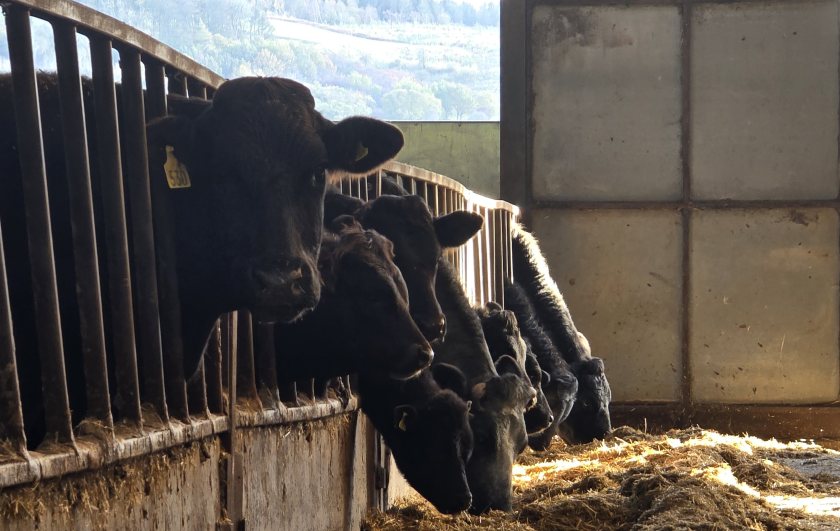
Cattle farmers are being urged to test their forage after new analysis revealed a worrying drop in key trace elements, raising fresh concerns for cow health, fertility and calf development this winter.
Data from 1,500 silage samples shows that while dry matter levels have generally risen in 2025, concentrations of essential minerals have continued to decline for a third year running.
Copper has fallen from 8mg/kg DM in 2023 to just 6mg/kg in 2025, while zinc levels have dropped from 32mg/kg to 27mg/kg over the same period. This summer’s drought also contributed to lower cobalt and iron levels.
Nettex commercial and technical manager Nia Williams said the trend poses a particular risk for pregnant cows in all-year-round dairy systems, as well as spring-calving beef and dairy herds largely dependent on forage.
She noted that mineral shortages during pregnancy can compromise both the dam and the unborn calf, increasing the likelihood of calving complications and weakening calf immunity.
“Key deficiencies can cause severe metabolic diseases like milk fever and grass staggers, as well as problems with reproduction, immunity and foetal development,” she said. “These can have long-term impacts on cow health, their ability to get back in calf, and longevity within the herd.”
Industry nutritionists say forage analysis is widely recommended at this point in the season, regardless of annual trends, as mineral profiles often vary significantly between fields and cuts of silage.
Williams stressed that the only reliable way to avoid deficiencies is to analyse forage, as mineral levels are influenced by soil type, weather patterns and land management.
“Knowing what’s in your forage will allow you to balance rations correctly,” she said, adding that multiple samples across fields and cuts will give the most accurate picture.
To support herds where deficiencies are identified, farmers often use controlled-release supplementation strategies such as bolusing. Williams said targeted supplementation helps maintain trace element balance and supports fertility, immunity and post-calving performance.
She also warned that this year’s variable forage quality may affect colostrum. Dairy farmers, she said, should aim for a Brix reading of 22% or higher. Where colostrum is poor or insufficient, she advised using frozen colostrum from another dam or a high-quality colostrum supplement.
Energy and protein levels also need careful management. Williams pointed to a recent veterinary newsletter highlighting the risks of under-feeding cows in late pregnancy, including reduced calf immunity and lower nutrient transfer across the placenta.
“By understanding forage mineral profiles and using appropriate supplementation strategies, farmers can take a proactive approach to managing deficiencies and improving overall herd performance,” she said.
With winter feeding underway, livestock advisers say early testing and balanced rations remain the most effective way to protect cow health and calf viability.
